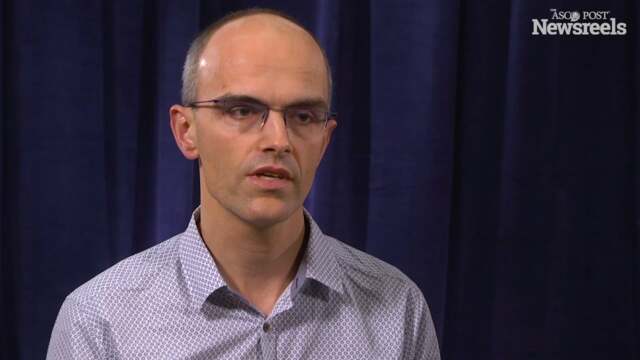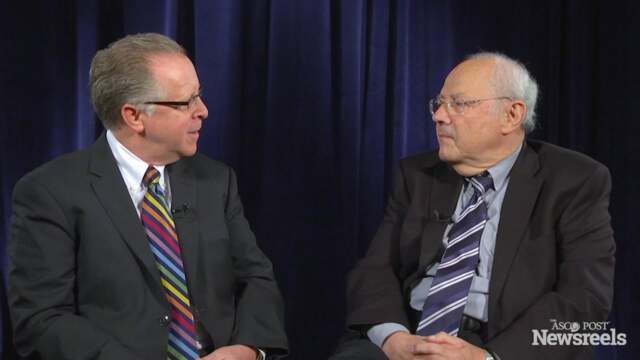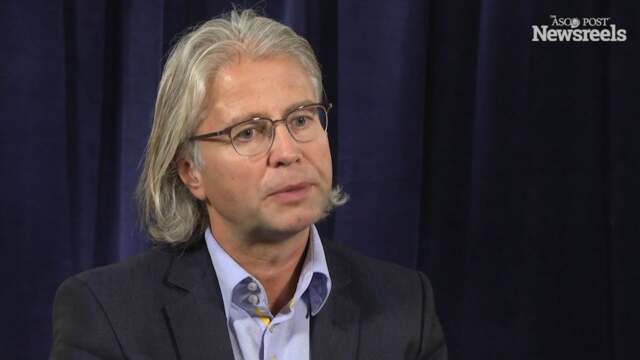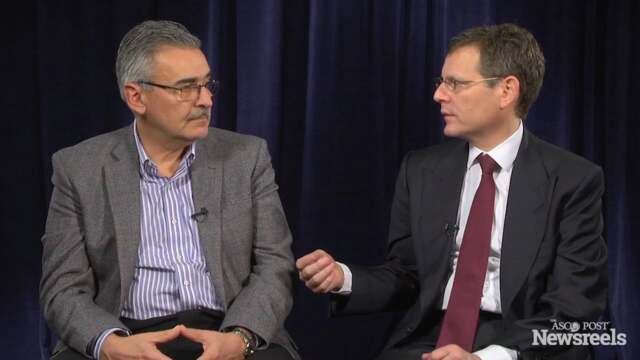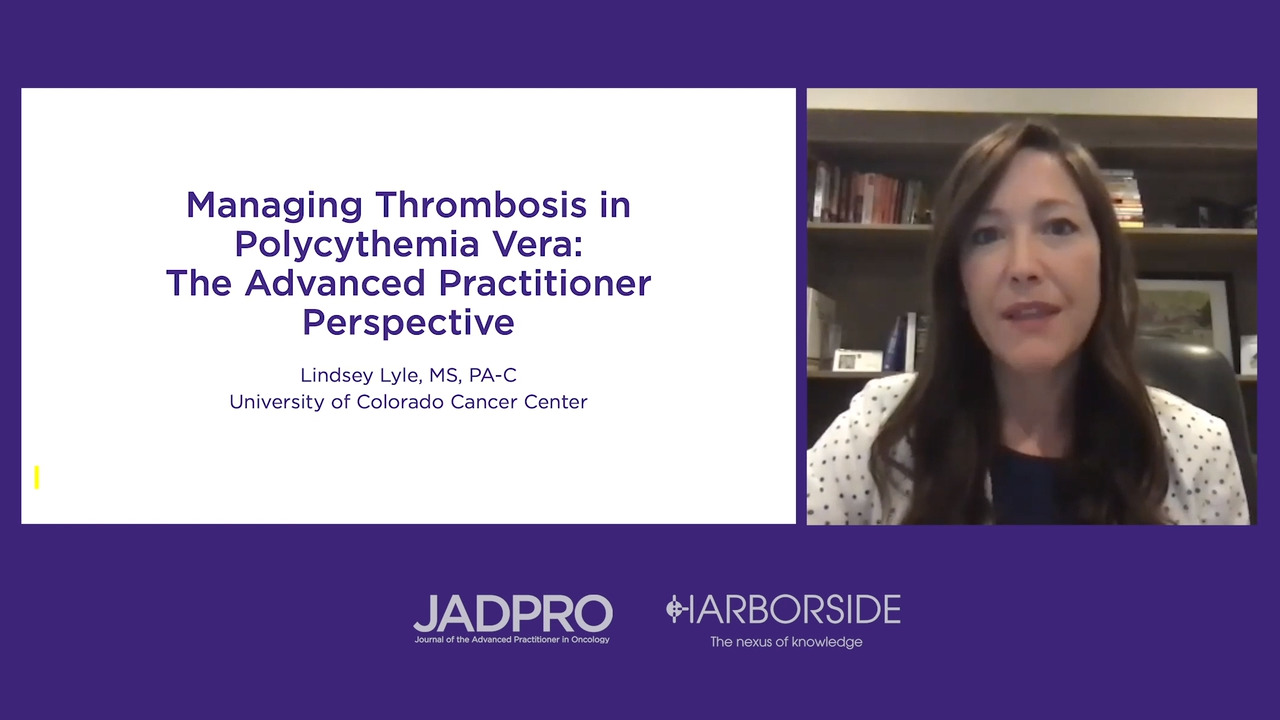Andrew Seidman, MD, and Eric Winer, MD, on Triple-Negative Breast Cancer: Results of the CALGB Alliance Trial
2015 San Antonio Breast Cancer Symposium
Andrew Seidman, MD, of Memorial Sloan Kettering Cancer Center, and Eric P. Winer, MD, of the Dana-Farber Cancer Institute, discuss the results of this study that showed pathologic complete response to presurgery chemotherapy improved survival (Abstract S2-05).
Hans Wildiers, MD, PhD
Hans Wildiers, MD, PhD, of the University Hospitals, Leuven, discusses this phase III study on the use of ado-trastuzumab emtansine vs treatment of physician’s choice in previously treated HER2-positive metastatic breast cancer (Abstract S5-05).
Andrew Seidman, MD, and Norman Wolmark, MD
Andrew Seidman, MD, of Memorial Sloan Kettering Cancer Center, and Norman Wolmark, MD, of Allegheny General Hospital, discuss the landmark trials of NSABP that have led to profound changes in breast cancer treatment. (Abstract ML-1)
Gunter von Minckwitz, MD
Gunter von Minckwitz, MD, of the German Breast Group, discusses data from this phase II trial investigating the addition of carboplatin to neoadjuvant therapy for triple-negative and HER2-positive early breast cancer (Abstract S2-05).
Clifford A. Hudis, MD, and Joseph A. Sparano, MD
Clifford A. Hudis, MD, of Memorial Sloan Kettering Cancer Center, and Joseph A. Sparano, MD, of Montefiore Medical Center, discuss this study of high-risk premenopausal luminal A breast cancer patients receiving adjuvant chemotherapy (Abstract S1-08).
Sarat Chandarlapaty, MD, PhD
Sarat Chandarlapaty, MD, PhD, of the Memorial Sloan Kettering Cancer Center, discusses results from this study that showed patients with ER-positive metastatic breast cancer who had a D538G and/or a Y537S mutation in the ESR1 gene had significantly worse median overall survival (Abstract S2-07).
